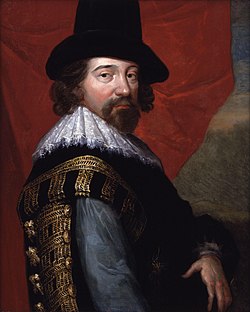
This is a complete chronological bibliography of Francis Bacon. Many of Bacon's writings were only published after his death in 1626.

This is a complete chronological bibliography of Francis Bacon. Many of Bacon's writings were only published after his death in 1626.